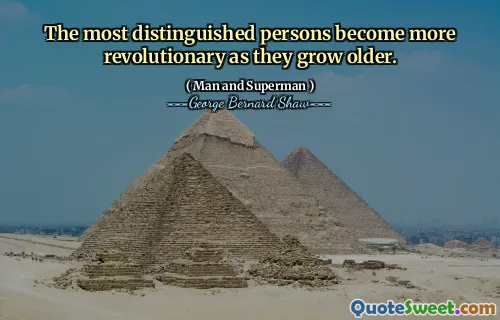...this protracted war will pass through three stages. The first stage covers the period of the enemy's strategic offensive and our strategic defensive. The second stage will be the period of the enemy's strategic consolidation and our preparation for the counter-offensive. The third stage will be the period of our strategic counter-offensive and the enemy's strategic retreat.
Mao Zedong outlines a framework to understand the progression of a prolonged conflict, breaking it down into three distinct phases. The first phase represents the enemy's offensive actions while the defending forces maintain a strategic defensive stance. This period is characterized by the enemy's attempts to gain ground while the defenders focus on holding their position and avoiding critical losses.
The second phase shifts to the enemy reinforcing their gains, during which the defending forces prepare for a counter-offensive. Finally, the third stage indicates a dynamic change, where the defenders launch a strategic counter-offensive, leading to the enemy's retreat. This structured perspective emphasizes the importance of adaptability and preparation throughout the course of war.
